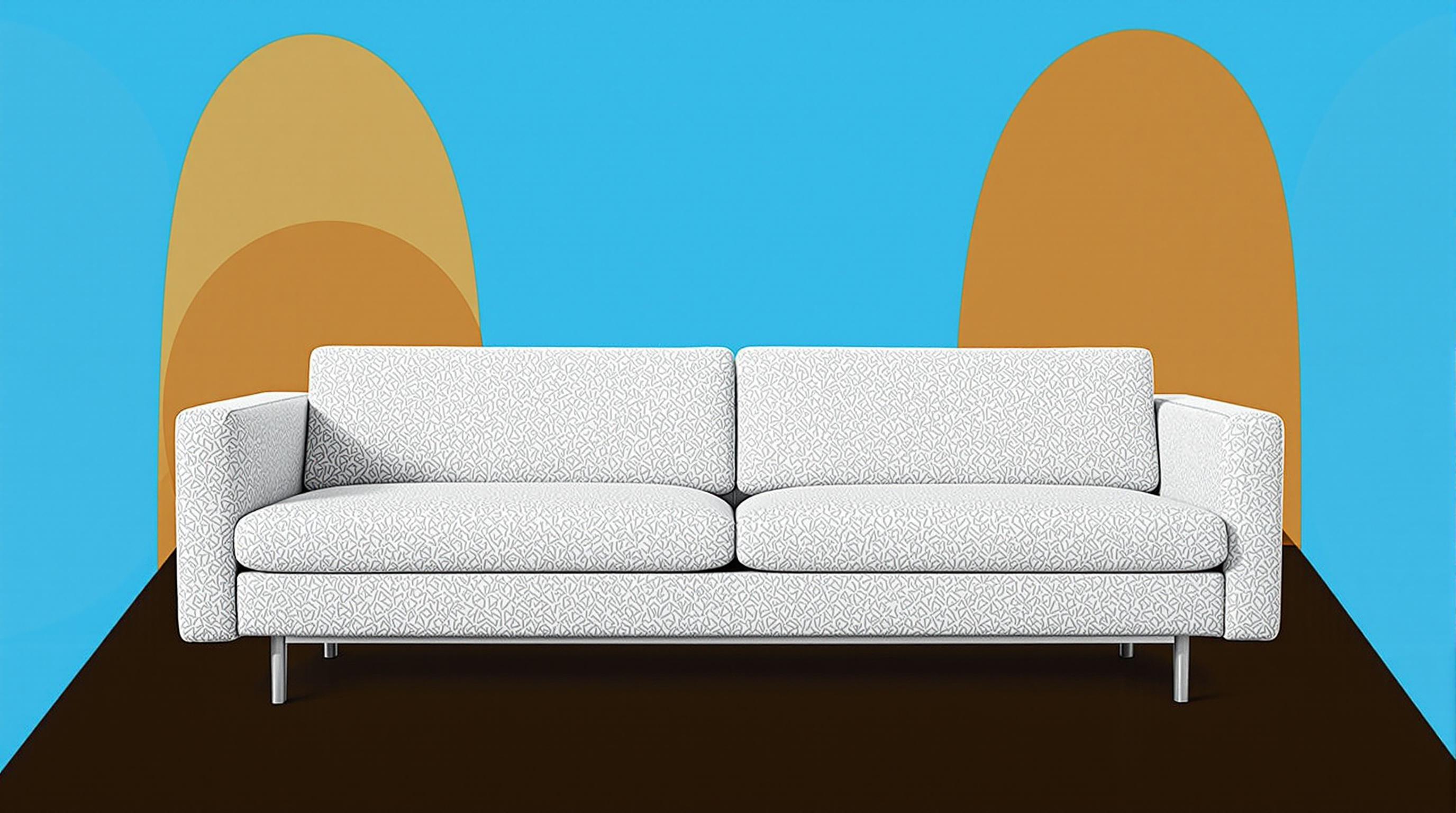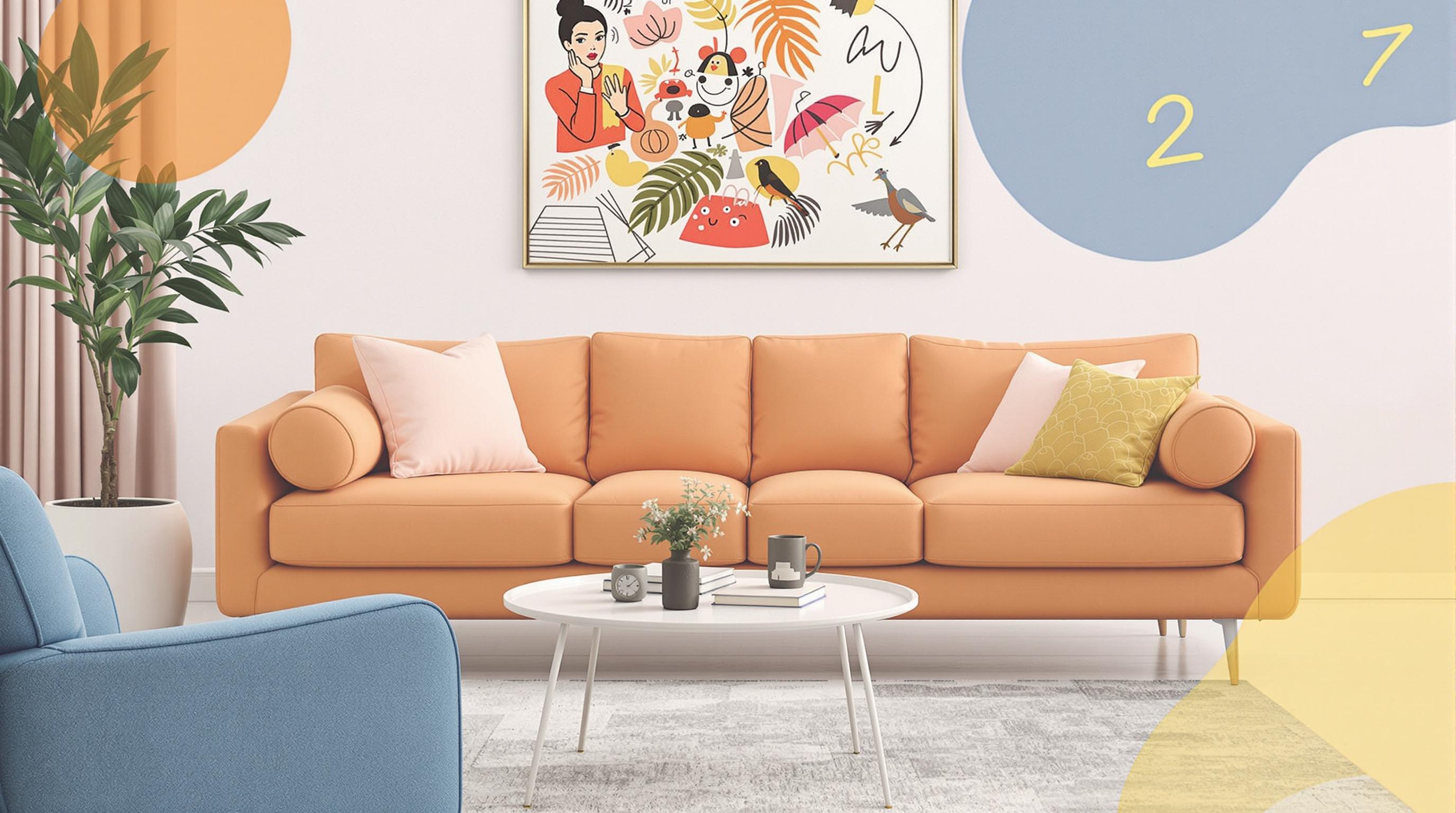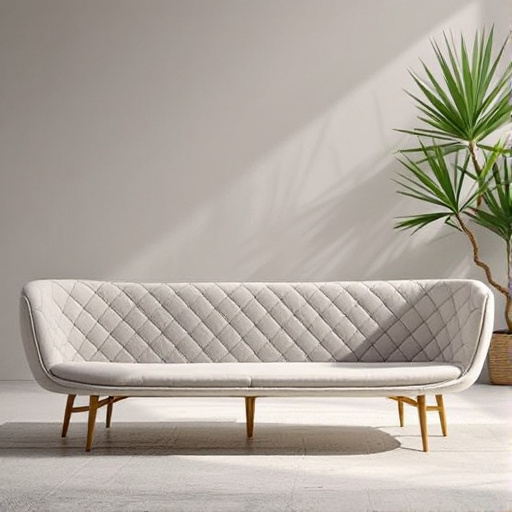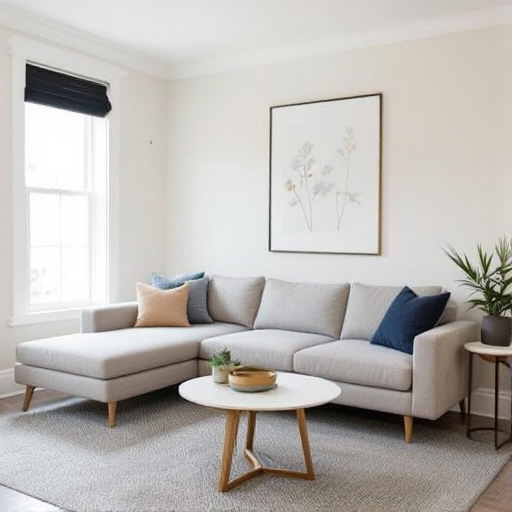Featured Articles
- 8 Essential Psychological Triggers to Consider When Choosing Furniture for Lasting Comfort and Style
- Embracing Minimalism: The Rise of Multi-Functional Furniture in Small Space Living
- "Exploring the Minimalist Movement: Furniture Choices That Speak Volumes Without Saying a Word"
- "Feng Shui Furniture: Can the Right Pieces Transform Your Energy Flow at Home?"
- "Furniture Feng Shui: Unveiling the Hidden Energy of Your Home Design Choices"
The Rise of Circular Furniture: How Sustainability is Shaping Our Home Styles in Unseen Ways
The Rise of Circular Furniture: How Sustainability is Shaping Our Home Styles in Unseen Ways
The rise of circular furniture exemplifies a transformative shift in home design, strongly intertwined with sustainability. This article delves into how this innovative approach is shaping our living spaces and what it means for the future of personal styles, consumer behavior, and the environment.
Understanding Circular Furniture
Circular furniture isn't just a buzzword; it's a movement aimed at redefining our relationship with what we buy and use in our homes. Unlike traditional furniture models, which often lead to a linear “take-make-dispose” lifecycle, circular furniture emphasizes reduction, reuse, and recycling, creating a sustainable approach that makes sense for our planet. Imagine your favorite chair being rebuilt into a new piece, or your dining table being part of a community's shared resources; that’s the essence of circular furniture.
The Problem with Linear Consumption
Before we dive into the benefits of circular furniture, it's important to understand the drawbacks of linear consumption. According to a report from the World Economic Forum, we produce over 2.2 billion tons of solid waste annually, much of which comes from the furniture industry. Much of this waste is a direct result of our throwaway culture, which prioritizes cheap, trendy pieces over durable, timeless ones.
In the U.S. alone, approximately 12 million tons of furniture were discarded in 2018, and only about 10% of this was recycled (U.S. Environmental Protection Agency). This trend not only harms the environment but also drains resources and reduces the timeless aesthetic of our homes.
The Birth of Circular Design
Transitioning to a circular model isn’t just about less waste; it’s about innovative thinking. The concept of circular design is deeply rooted in principles that seek to create products that sustain their value over time. Designers today are embracing materials that can be resourced locally and are capable of returning to the environment with no harm.
Sustainable Styles: What Circular Furniture Looks Like
Picture a cozy living room furnished with a stunning couch made from reclaimed wood, harmonizing with accent pillows woven from recycled plastic bottles. Does it not evoke a sense of peace, sustainability, and style? The aesthetic appeal of circular furniture often surprises consumers at first glance, as the materials used and the craftsmanship often highlight uniqueness and character.
Case Study: IKEA's Circular Initiative
One of the industry's big players, IKEA, has set an ambitious goal to become a circular business by 2030. Their strategy includes designing products that are made to be reused, repaired, and recycled. This includes items like their well-known KALLAX shelf, which is designed with sustainability in mind—made from recyclable materials and intended for longevity.
As of 2023, IKEA has already implemented various programs such as buy-back initiatives, where consumers can sell back old furniture for store credit, thus ensuring these items get a second life. The company's journey illustrates that sustainability does not have to compromise style; IKEA's offerings remain trendy while retaining that eco-friendly edge.
Pioneers of Circular Furniture
Beyond the big names, several smaller companies and local artisans have emerged as pioneers in the field of circular furniture. Brands like “Furnish Green” and “Reclaimed Wood Exchange” focus on repurposing materials to create stunning, one-of-a-kind pieces that tell a story. Each item produced reinforces the values of sustainability and creativity, appealing especially to the younger generations who often seek authenticity and ethics in brands.
Making it Work in Your Own Home
So, you're sold on the idea of circular furniture—now how do you incorporate it into your own living space? One brilliant approach is the DIY (do-it-yourself) route. Platforms like YouTube and Pinterest are teeming with ideas on how you can upcycle old furniture into something stylish and functional. Plus, it's a fantastic bonding activity for family and friends. Why not create a weekend project to transform that old dresser into a chic TV stand?
The Future: A Tangible Impact
The shift towards circular furniture holds notable potential for lessening our ecological footprints. By focusing on the entire lifecycle of products—from sourcing to disposal—this model inspires a deeper respect for resources, culture, and community. According to a study by the Ellen MacArthur Foundation, shifting from a linear to a circular economy could generate $4.5 trillion in economic benefits by 2030.
The Emotional Connection to Furniture
Humor me for a moment. How many times have you awkwardly struggled to fit that overly trendy, mass-produced piece of furniture into your home, only to discover that it clashes with your style? Circular furniture tends to forge an emotional bond, as many of these pieces tell stories of craftsmanship and sustainability. When you invest in circular furniture, it’s not just about aesthetics; you’re embracing a history, preserving resources, and most importantly, supporting artisans and the earth.
Wasting Time or Saving It?
While sustainability and style might seem like opposing forces, embracing circular furniture saves time on future purchases. No more impulse buys at big-box retailers fueled by the latest trends. Instead, you can invest in fewer, higher-quality items that stand the test of time. This requires a mindset shift, but for the environmentally conscious, it’s certainly a small price to pay for the greater good.
Challenges and Misconceptions
Like any emerging trend, circular furniture faces its fair share of challenges and misconceptions. One common myth is that sustainable options come at a hefty price. However, as more designers and companies pivot toward circular models, prices are gradually becoming more accessible. Additionally, many consumers quickly learn that investing in quality can save them money in the long run, as they won’t need to replace cheap, disposable furniture.
Beyond cost, there is the misconception about durability. People often assume that recycled materials create "low-quality" items. In reality, a well-made piece using circular designs is often as sturdy as, or even sturdier than, traditional furniture. It's just a matter of discerning craftsmanship and believing in the power of sustainable materials.
The Role of Technology
It's not just creativity that drives the rise of circular furniture; technology plays a vital role too. Various platforms have sprung up to connect consumers with local artisans, promoting an understanding of circular principles. Innovations in materials science are leading to the development of sustainable composites and biodegradable materials, making the future of furniture both promising and exciting.
Moreover, advancements in digital design allow designers to create furniture that can be easily disassembled for recycling, enhancing the lifespan of each material. Tools like 3D printing open up new doors for customization with sustainable materials, facilitating an even smoother entry into the circular economy.
Gathering Awareness Through Social Media
As a writer in their twenties, the influence of social media cannot be overstated. Platforms like Instagram and TikTok are bursting with content that promotes sustainable living, often showcasing pieces of circular furniture in action. This visibility helps normalize the concept of sustainability and shows that it can be stylish, practical, and, dare we say, fun? Users are often sharing renovation projects, highlighting how budget-friendly and aesthetically pleasing circular furniture can be.
Conclusion: A Step Towards Conscious Living
The rise of circular furniture signifies a larger movement towards conscious living, where our purchasing decisions reflect our values. As consumers choose quality, sustainability, and unique character over mass production and disposability, they help push the furniture industry to adapt and thrive. Transforming our homes into spaces that evoke style and foster environmental responsibility is not just possible—it's becoming a trend that is here to stay.
In the face of climate change and environmental degradation, circular furniture offers a shining beacon of hope. So, next time you’re seeking to furnish your space, consider embracing circular options, and in turn, you're not just decorating—you’re participating in a movement.
Let’s put an end to throwaway culture and embrace design that tells a story of sustainability. Together, we can create homes that are not only beautiful but also contribute positively to our world. Circular furniture isn't just a trend; it's a promise for a better tomorrow.




